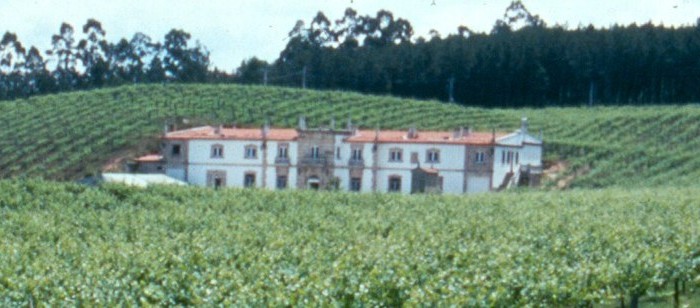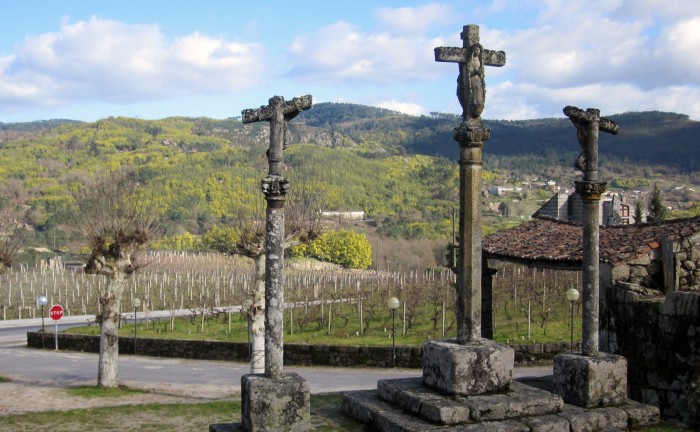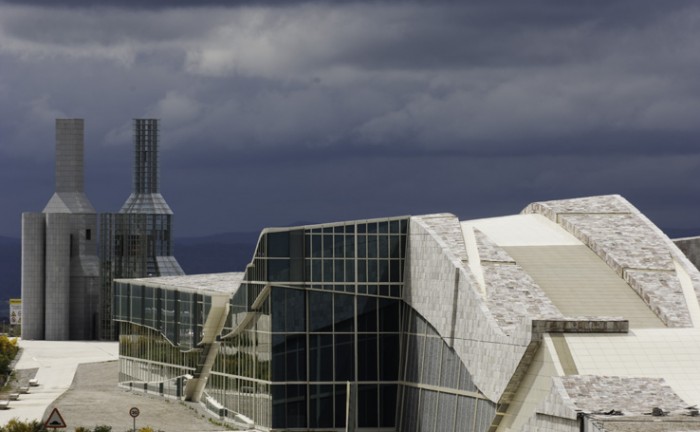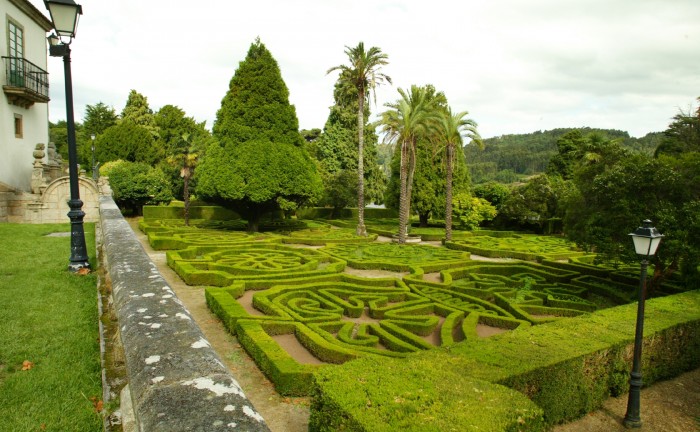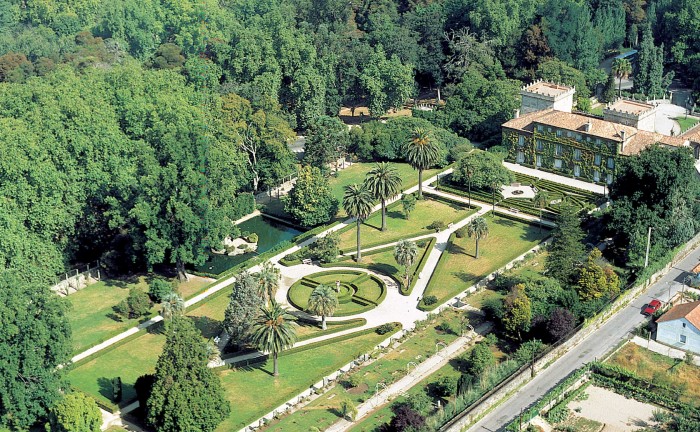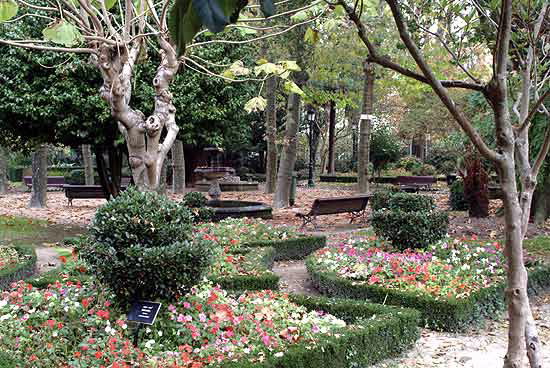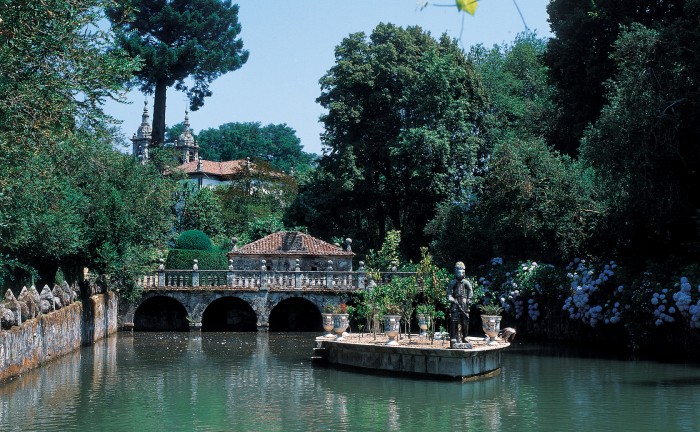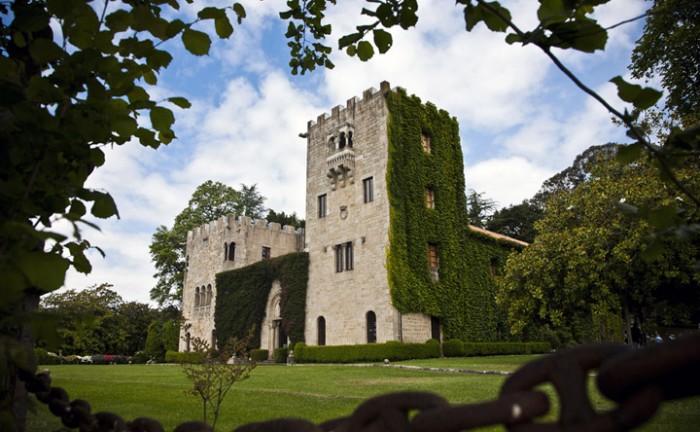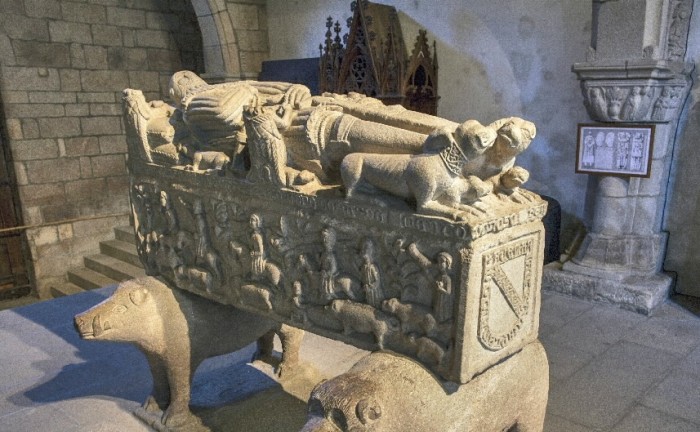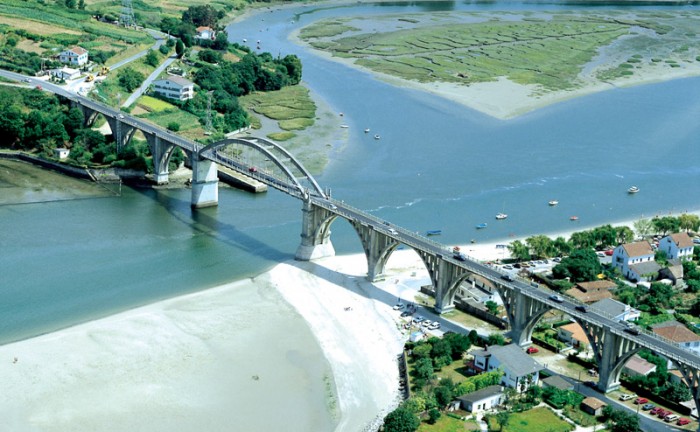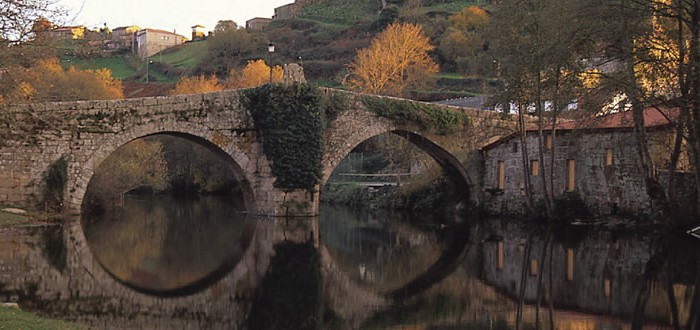In the Salnés Peninsula is cultivated with great care and dedication the vineyard from which we obtain one of the most renowned wines in Galicia, the “Albariño”. On the shores of the Arousa and Pontevedra Bays grow the “albariña” grapes; this singularity contributes to the characteristic saline hints of the wine D.O. Rías Baixas. Besides visiting the most prestigious and diverse wineries, the tour will be enriched by unique landscapes and an incomparable monumental and ethnographic heritage that will leave no one indifferent.
see more
In the confluence of the Miño, Avia and Arnoia rivers, is situated the Ribeiro Region, widely known since the Medieval times as one of the main wine-growing territories. Still nowadays is a region of famous wines labelled with the oldest Appelation of Origin (D.O.) within Galicia. The Ribeiro Region has a wide range of unique and special historic heritage places and landscapes, so that it would be possible to combine a visit to the wineries and vineyards with Celtic remains (Castro de San Cibrao de Las), medieval monasteries (San Clodio or Melon) or the town of Ribadavia, declared to be...
see more
Mariñán Manor House and Gardens Construction from the 17th and 18th centuries, declared to be of Historical and Artistic Interest, with one of the most impressive French Formal gardens in Galicia, where it is possible to see different floral and heraldic motifs, besides the rose garden, one of the oldest eucalyptus in Europe, a Caucasian Fir, a tall Lawson Cypress or the Black Bamboo. Méndez Núñez Gardens With more than 150 years of history and situated in the city center in A Coruña, these gardens present specimens brought from the five continents (holly trees, araucarias, magnolias, beech trees, palm trees, yew trees, firs,…) all of them surround monuments of illustrious Galician writers such as Emilia Pardo Bazán, Concepción...
see more
Quiñones de León Gardens and Manor House The Pazo Quiñones de León is situated in a estate of more than 20 hectares whose origins date back to an ancient fortress from the 15th century. The gardens, declared Historic Landmark in 1955, present the typology of the English garden, called “the Tea Meadow” and the French one, inspired by the Descartes´ Rationalism. Between the most outstanding specimens are the box trees, the Tulip tree from Virginia, or the monumental eucalyptus. Soutomaior Castle Gardens A castle-fortress of medieval origin, its garden has been named an “International Garden of Excellence”. With its millenarian chestnut trees, its extensive camellia collection, notable Australian Ferns and trees brought...
see more
The Padrón Botanical Garden Since 1946 has been one of the most remarkable botanical Garden in Galicia where it is possible to see interesting examples of art in the garden. Between its specimens are notable the Senegal Palm Tree, the Christ´s Crown or the Love Tree, the giant Red Wood and a great many specimens, some about 150 years old and many of them included in the Catalogue of Singular Trees of Galicia. House Museum Rosalía de Castro In the house “La Matanza” the great Galician poet Rosalía de Castro lived the last years of her life. Visiting the garden is possible to feel her romantic poetry at the same time...
see more
“Pazo” de Santa Cruz de Ribadulla The founding of this “Pazo” (manor house) dates back to the 16th century and nowadays stands out as one of the best botanical gardens in Europe, with its magnificent camellias, gardenias, rhododendrons, azaleas ,… Other highlights include the “Walk of Olives Trees” probably from the fifteenth century, impressive centuryold magnolias, the avenue of ancient box trees, a watermill, a beautiful waterfall and a chapel. “Pazo” de Oca This National Historic Landmark, built in the 17th and 18th centuries, has a battlement tower ornamented with heraldic symbols, a baroque chapel, impressive ponds and magnificent gardens where outstand the beautiful camellias or the many century-old trees. It has been nicknamed “The Galician Versailles”.
see more
Panoramic drive: Coastal Panoramic tour to the north of La Coruña through As Mariñas, with beatufil beaches and green forest together. Mariñán Manor House and Gardens Construction from the 17th and 18th centuries, declared to be of Historical and Artistic Interest, with one of the most impressive French Formal gardens in Galicia, where it is possible to see different floral and heraldic motifs, besides the rose garden, one of the oldest eucalyptus in Europe, a Caucasian Fir, a tall Lawson Cypress or the Black Bamboo.
see more
Betanzos (Knight´s City) it was the center or a province and one of the most important Galician cities during the Middle Ages. Three Gothic Churches: Santiago, San Francisco & Stª. María del Azogue. “Cruceiros”, fountains and old Palaces. Pontedeume is a picturesque little village. Old narrow streets (Andrade’s bridge & Santiago Church)
see more
A Coruña is one of Galicia´s largest cities that has grown up around a natural harbour along the Maritime Avenue from where the emblematic glass fronted buildings that give the town its nickname of “Crystal city” can be admired. This tour will give you the perfect opportunity to discover some of the best famous local landmarks in A Coruña, taking a sightseeing tour which includes passing by San Anton Castle originally built in the 16th century, the Hercules Tower, the only working Roman lighthouse in the world (s. II A.C.) & UNESCO World Heritage Site , the Domus or House of Mandkind (work of...
see more
The Pilgrims Way to Santiago was declared World Heritage by the UNESCO in 1993. Countless people have gone to Compostela in pilgrimage, since St. James tomb was discovered in the 9th century by Teodomiro (the Iria Flavia´s Bishop). San Julián de Samos (Benedictine Monastery). Portomarín (the church fortess of Saint John).
see more
